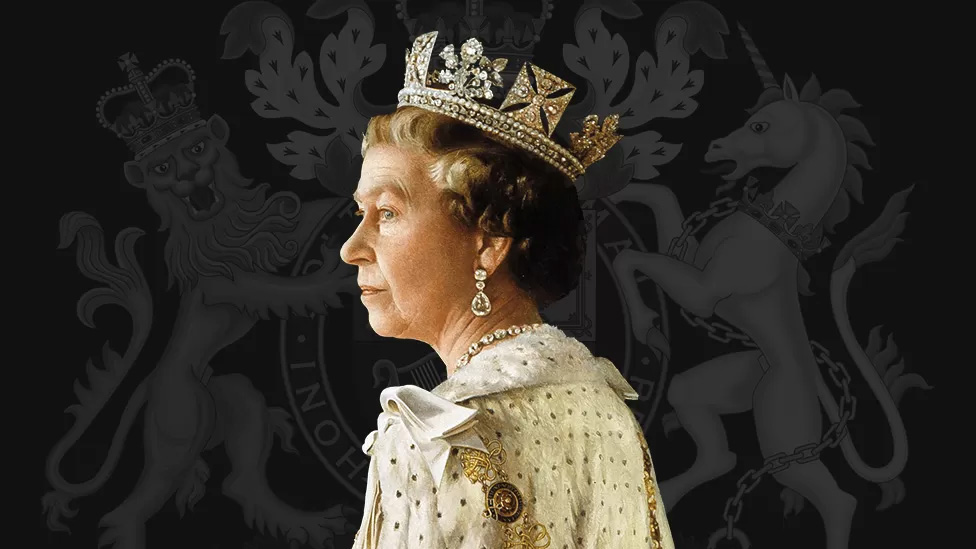9 Sept. 2022: Yesterday marked the end of an era for many in this United Kingdom; the death of our Queen, the ceremonial head of our nation, and, as she was described by several commentators, the world’s longest serving diplomat. This remarkable lady served the nation unstintingly for over seven decades; she set an exceptionally high standard for behaviour in public life, for work ethic and duty, as did her husband, Prince Philip, who died in April 2021, a few weeks short of his centennial birthday.
Over the years the Royal Couple, both separately and together, visited a number of paper, pulp and related sites. For example, the Duke of Edinburgh attended the Tasman Pulp and Paper Mill during a tour of Australia on 13 December 1956; subsequently he toured the Sudbrook Pulp Mill owned by Wiggins Teape on 11 March 1960, and their Butler’s Court Research Site in Beaconsfield in May 1964.
Probably the first mill our now-departed Queen Elizabeth visited was Bowater’s Corner Brook in Newfoundland and Labrador, during a tour of Canada in 1959. In 1967 on a trip to Fort William she explored the newly-opened pulp and paper mill built by Wiggins Teape – two years’ previously Princess Margaret and Lord Snowdon had visited the site during its construction. Most recently, Queen Elizabeth visited the Palm Paper site in King’s Lynn on 2 February 2011, two years after the mill opened, and her final visit to a mill was the James Cropper site on 13 July 2013, soon after the installation of the recovered fibre plant used to recycle paper cup material laminated with a layer of plastic. (The large souvenir brochure produced to commemorate this latter visit, during which she was accompanied by Princess Anne, can still be viewed online: https://issuu.com/jamescropper/docs/royal_visit_single_pages).
Alongside visits, the paper industry has also benefited from royal patronage. Griffin Mill (a hand manufacturing concern producing specialised paper grades for paper conservators) holds the only Royal Warrant currently awarded to a mill. Originally set up in Ireland, the mill transferred to Cumbria a couple of years ago, and is now a subsidiary of The Paper Foundation, founded by Mark Cropper.
Obviously we can never claim that industry in general, and our sector in particular, would have been a major interest of any in the Royal Household. But they were well aware that industry is the bedrock of a nation’s economic stability; that it gives rise to numerous jobs upon which personal prosperity and dignity is based; and as such, it is something that holds society together and so is to be encouraged. In this light, the Queen and her immediate family all did their bit, opening or visiting manufacturing sites and unveiling numerous commemorative plaques.
Queen Elizabeth II played her part in national life during a period of unprecedented change following the post-war reconstruction of our nation, the disintegration of an Empire and the modernisation of so many aspects of our life – personal, social and commercial. She was the only monarch most of us knew, and so it is with great sadness that we mark the passing of Her Majesty after 70 years as the head of our nation, our national church and the Commonwealth of Nations.

Her Majesty Queen Elizabeth II (21/4/1926 – 8/9/2022)
